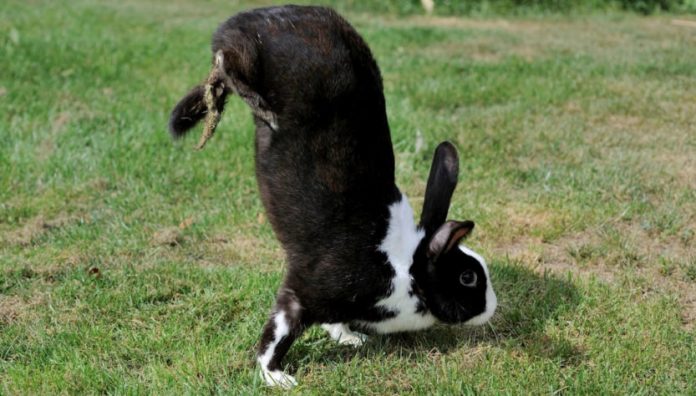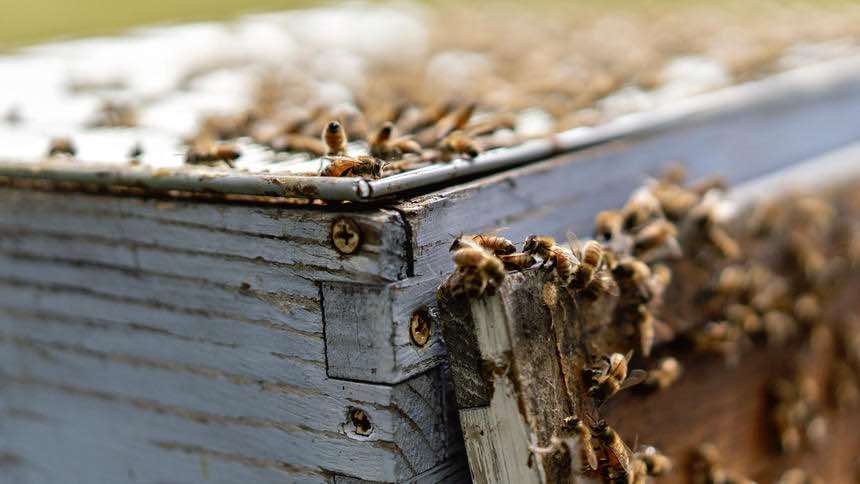Some rabbits can’t hop, and a single gene is the reason why. Mutations in this gene cause defects in the rabbits’ spinal cords, which mean they can’t coordinate their limbs well enough to perform a hop.
The gene is probably crucial to other forms of locomotion in other species, says Leif Andersson at Uppsala University in Sweden. “I would expect that, if it were impaired in a human, you would also get a defect in locomotion.”
Andersson and his colleagues studied a strain of domestic rabbits called sauteur d’Alfort, also known as Alfort jumping rabbits. Unlike most rabbits and other hopping animals like kangaroos, the sauteur d’Alfort bunnies can’t perform two-footed hops, known as “saltatory locomotion”.
“When they walk slowly, you can’t distinguish them from a normal rabbit,” says Miguel Carneiro at the University of Porto in Portugal. But when they try to go faster by jumping, they flex their hind legs too much and at the wrong time.
After their first few months of life, the rabbits learn to compensate for this by walking solely on their front legs, arching their backs to stick their hind legs into the air.
The team selectively bred sauteur d’Alfort rabbits and identified a region of their genome that differed from that of other rabbits. This region contained 21 protein-coding genes. The researchers then sequenced those genes and compared them with their counterparts in other types of rabbit.
They soon homed in on a mutation in a gene called RORB. “This was the only mutation that stood out as really striking,” says Andersson.
RORB is crucial for the formation of spinal cord neurons that link the left and right sides of the body, which are essential for coordinating limb movements. The team found that these body-crossing neurons didn’t form properly in newborn sauteur d’Alfort rabbits.
Many other genes surely play a role in locomotion and gait, and their effects will often be subtle, says Andersson. RORB is a rare case where a mutation in a single gene produces a dramatic effect, revealing part of the underlying system.













